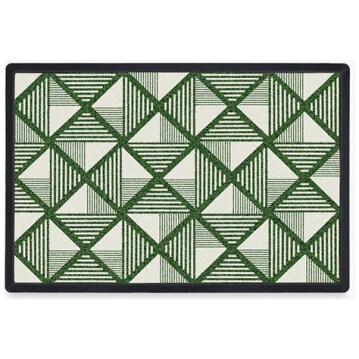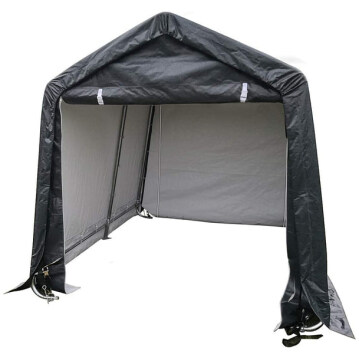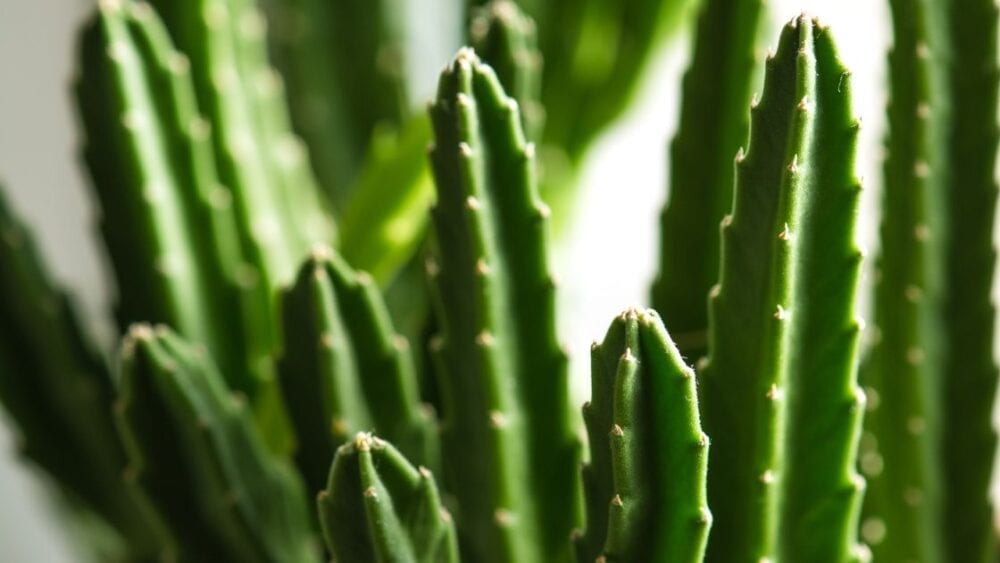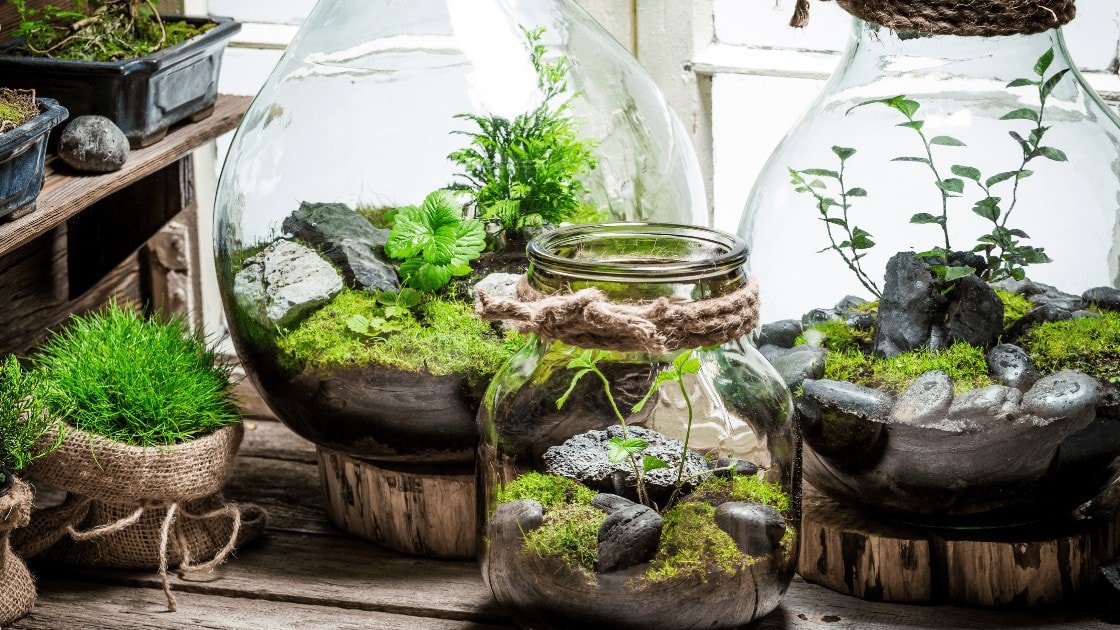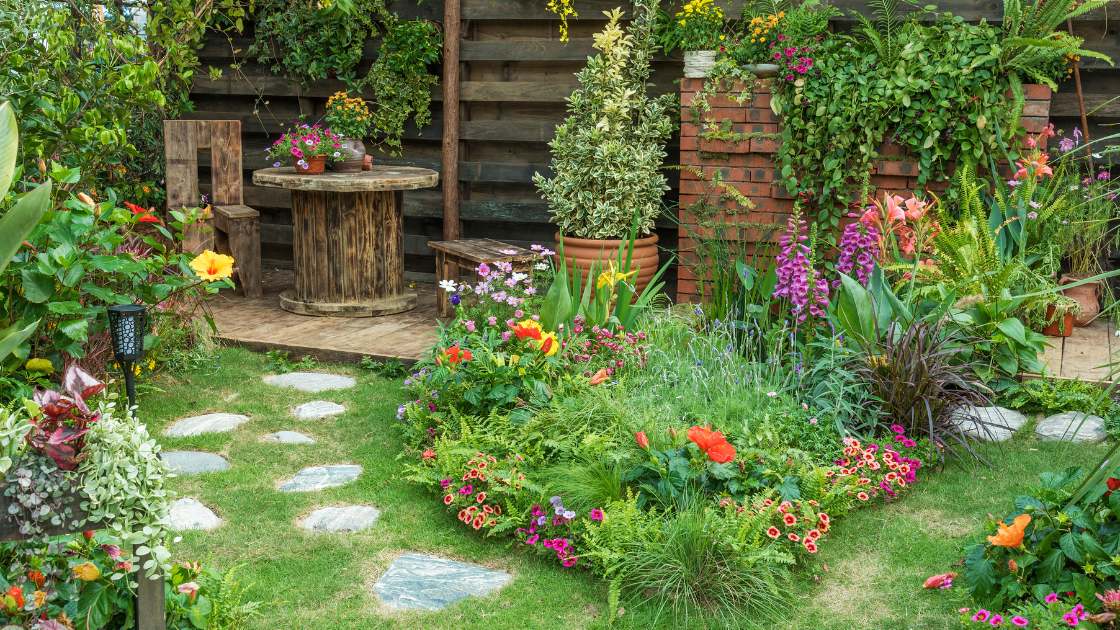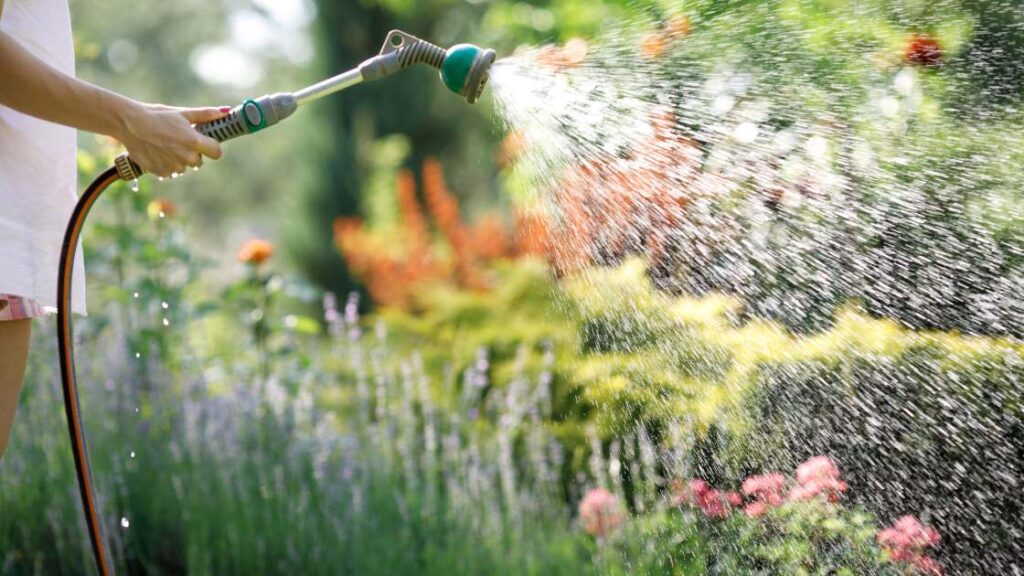
When it comes to maintaining a healthy and thriving garden, proper watering is essential. And one tool that can greatly assist in this task is a water wand. Water wands are versatile devices that provide targeted watering, allowing you to deliver water precisely where it’s needed without wasting any. In this ultimate guide, we will walk you through everything you need to know to choose the right water wand for your garden, ensuring optimal watering efficiency and plant health.
Understanding Water Wands
Before diving into the selection process, let’s start by understanding what water wands are and why they are a valuable tool for gardeners. Water wands, also known as watering wands or watering guns, are handheld devices designed to attach to a garden hose. They feature a long wand-like structure with a nozzle at the end, allowing you to control the water flow and direction. The extended reach of water wands makes them particularly useful for watering plants in hard-to-reach areas, such as hanging baskets or deep flower beds.
Types of Water Wands
There are several types of water wands available, each with its own set of features and benefits. Understanding the different types will help you choose the one that best suits your specific gardening needs.
Browse our Affiliate Products
Also for more information on watering and water wands, check out these articles:
- Water Wands vs. Spray Nozzles: Which is Better For Watering Plants?
- How Often Should I Water my Indoor Plants/Outdoor Potted Plants?
Traditional Water Wands
Traditional water wands are the most common type you’ll come across. They typically feature a straight wand design with a single spray pattern. Traditional water wands are straightforward to use and offer reliable watering for most garden plants. However, they may lack some of the advanced features found in other types.
Traditional water wands typically have the following dimensions:
1. Overall Length: Traditional water wands generally range from 24 to 36 inches (60 to 91 cm) in length. This length allows for comfortable handling and sufficient reach for most standard gardening tasks.
2. Wand Head Length: The wand head length, which includes the section from the handle to the nozzle, is typically around 10 to 12 inches (25 to 30 cm). This length provides adequate control and precision while directing water flow to specific plants or areas.
3. Hose Connector Length: The hose connector length on traditional water wands is usually around 3 to 6 inches (7.6 to 15.2 cm). This length ensures a secure and leak-free connection to the garden hose.
It’s important to note that these dimensions can vary slightly between different models and brands of traditional water wands. Always refer to the specific product specifications provided by the manufacturer to ensure the dimensions meet your requirements. Additionally, if you’re considering a traditional water wand with an adjustable spray pattern, the dimensions may remain similar, but the nozzle design and length may vary to accommodate the adjustable feature.
Adjustable Water Wands
If you prefer more flexibility in your watering patterns, an adjustable water wand might be the right choice for you. These wands allow you to customize the spray pattern, adjusting it from a gentle shower to a focused stream. This versatility makes them suitable for a wide range of watering tasks, from delicate flowers to sturdy shrubs.
Adjustable water wands come in various dimensions, but here are some common measurements you may come across:
1. Overall Length: The overall length of an adjustable water wand typically ranges from 24 inches (60 cm) to 36 inches (91 cm). This length provides a good balance between reach and maneuverability, allowing you to water plants at different distances without straining your arms.
2. Wand Head Length: The wand head length, which refers to the section from the handle to the nozzle, is usually around 12 inches (30 cm) to 18 inches (46 cm). This length offers enough space for water flow control mechanisms and ensures that the nozzle is at a convenient distance for watering.
3. Handle Length: The handle length varies depending on the design and ergonomic considerations. Generally, the handle length ranges from 6 inches (15 cm) to 10 inches (25 cm). A longer handle provides a comfortable grip and allows for better control while watering.
4. Nozzle Length: The length of the nozzle itself is typically around 2 inches (5 cm) to 4 inches (10 cm). This measurement ensures that the water is properly directed and dispersed in the desired pattern.
Keep in mind that these measurements are approximate and can vary between different models and manufacturers. When considering an adjustable water wand, it’s important to check the specific dimensions provided by the manufacturer to ensure that it meets your reach and handling requirements.
Telescoping Water Wands
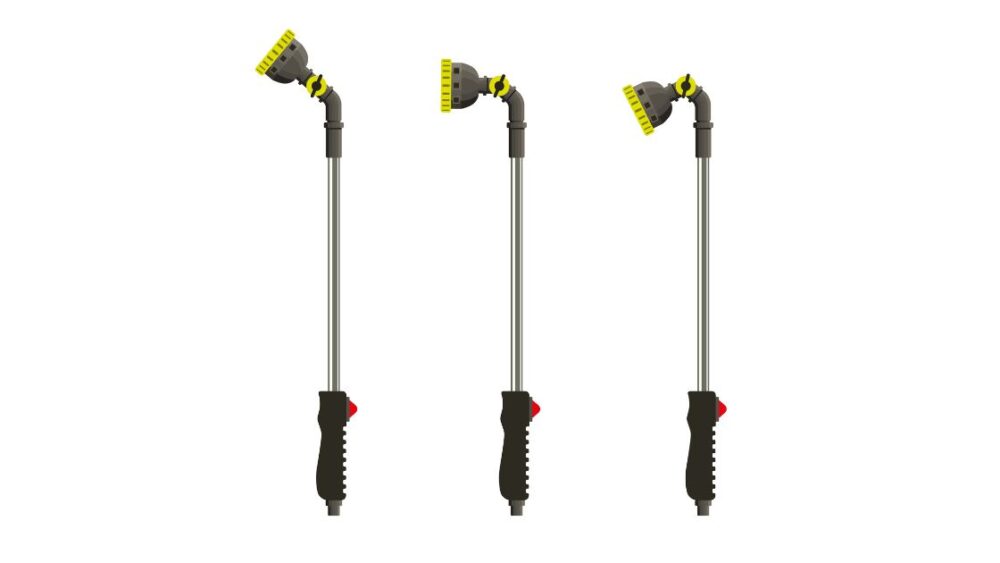
For those hard-to-reach areas, telescoping water wands are the ideal solution. These wands feature an extendable wand length, allowing you to reach high-hanging plants or deep within tall bushes without straining your back. Telescoping water wands are adjustable in length, providing convenience and versatility in watering your garden.
Telescoping water wands offer adjustable lengths to provide flexibility and reach in your garden. While the exact dimensions may vary depending on the specific model and manufacturer, here are some general dimensions to give you an idea:
1. Collapsed Length: Telescoping water wands typically have a collapsed length ranging from 24 inches (60 cm) to 36 inches (91 cm). This is the length of the wand when it is fully retracted and not extended.
2. Extended Length: The extended length of a telescoping water wand can vary between 36 inches (91 cm) to 72 inches (183 cm) or even longer. This is the maximum length the wand can reach when fully extended. Some models may offer multiple telescoping sections, allowing for even greater extension.
3. Telescoping Increments: Telescoping water wands usually have adjustable sections that slide into each other to achieve different lengths. The increments between these sections can range from approximately 6 inches (15 cm) to 12 inches (30 cm) or more, depending on the specific design.
4. Handle Length: The handle length of a telescoping water wand is typically around 6 to 12 inches (15 to 30 cm), providing you with a comfortable grip while using the wand.
It’s important to note that these dimensions are general guidelines and can vary depending on the brand and model of the telescoping water wand you choose. When considering a specific water wand, be sure to check the product description or contact the manufacturer for precise dimensions to ensure it meets your specific reach requirements.
By selecting a telescoping water wand with suitable dimensions, you’ll have the flexibility to reach hanging baskets, tall plants, or deep flower beds without straining yourself and achieve efficient watering throughout your garden.
Specialty Water Wands
Depending on your specific gardening needs, specialty water wands may be worth considering. These wands are designed for unique situations, such as watering seedlings, delicate plants, or even for use in greenhouses. Specialty water wands often have specialized nozzles or attachments to cater to specific plant requirements.
Specialty water wands are designed for specific gardening tasks or plant types. Here are some examples of specialty water wands and their corresponding dimensions:
1. Seedling Water Wands: Seedling water wands are designed to provide a gentle and precise watering experience for delicate seedlings. They typically have a narrow wand head and a fine spray pattern to avoid damaging young plants. The overall length of seedling water wands usually ranges from 12 inches (30 cm) to 18 inches (45 cm) to provide close-up watering without disturbing the surrounding soil.
2. Hanging Basket Water Wands: Hanging basket water wands are specifically designed to reach and water plants in elevated containers. They feature an extended length to access hanging baskets without the need for a step stool or ladder. The overall length of hanging basket water wands can vary between 24 inches (60 cm) to 36 inches (90 cm) or even longer, allowing you to reach plants suspended at higher heights.
3. Greenhouse Water Wands: Greenhouse water wands are designed to provide controlled watering in enclosed greenhouse environments. They often have a longer overall length, ranging from 36 inches (90 cm) to 48 inches (120 cm) or more, to reach plants placed on high shelves or hanging baskets. The wand head may have a flexible neck to navigate around other plants and structures within the greenhouse.
4. Bonsai Water Wands: Bonsai water wands are specially crafted for watering bonsai trees, which require a delicate touch and precise watering. These wands typically have a shorter overall length, ranging from 12 inches (30 cm) to 24 inches (60 cm), allowing for close-up and controlled watering. The wand head may have a fine spray pattern or a narrow spout to provide targeted watering to the bonsai’s root zone.
5. Plant-Specific Water Wands: Some water wands are designed for specific plants or plant types, such as orchids or succulents. These water wands may have unique nozzle attachments or wand head shapes to cater to the specific watering needs of those plants. The overall length of plant-specific water wands can vary depending on the target plant’s size and location within your garden.
When selecting a specialty water wand, consider the dimensions that are most suitable for your intended use. Ensure that the length and design of the wand allow you to access and water the specific plants or areas you need to target effectively.
Also check out our water wand product category here: Water Wands
Factors to Consider When Choosing a Water Wand
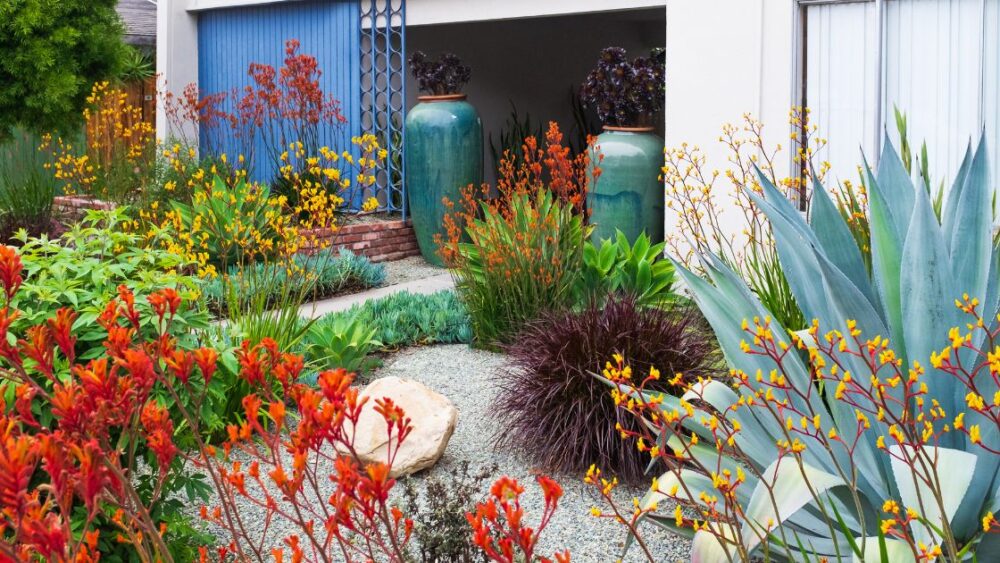
Now that you’re familiar with the different types of water wands, it’s essential to consider several factors before making your final decision. These factors will ensure that you select a water wand that perfectly suits your garden and watering requirements.
1. Garden Size and Layout: Consider the size and layout of your garden. If you have a small garden or limited space, a compact water wand might be more suitable. For larger gardens or areas with extensive plantings, a long wand with a telescoping feature will provide the necessary reach.
2. Watering Needs and Plant Types: Different plants have varying watering requirements. Some prefer a gentle shower, while others benefit from a focused stream. Assess the specific watering needs of your garden plants and choose a water wand that offers the appropriate spray patterns and water flow control to cater to those needs.
3. Water Conservation Considerations: Water conservation is increasingly important in today’s world. Look for water wands with features like flow control valves or adjustable nozzles that allow you to minimize water waste. These features will enable you to water efficiently while still providing adequate moisture to your plants.
4. Ergonomics and Comfort: Since watering can be a time-consuming task, it’s crucial to choose a water wand that offers comfort and ease of use. Look for wands with ergonomic handles and lightweight designs. Consider factors such as grip comfort, trigger mechanisms, and overall ease of maneuverability.
5. Durability and Quality: Investing in a high-quality water wand ensures its longevity and reliable performance. Look for wands made from durable materials like metal or high-grade plastic. Read customer reviews and check product ratings to get an idea of the wand’s durability and long-term performance.
6. Budget Considerations: Water wands are available in various price ranges, so it’s important to establish a budget before making your selection. Keep in mind that higher-priced models often offer more features and better durability, but you can still find reliable options within a budget.
Features and Considerations
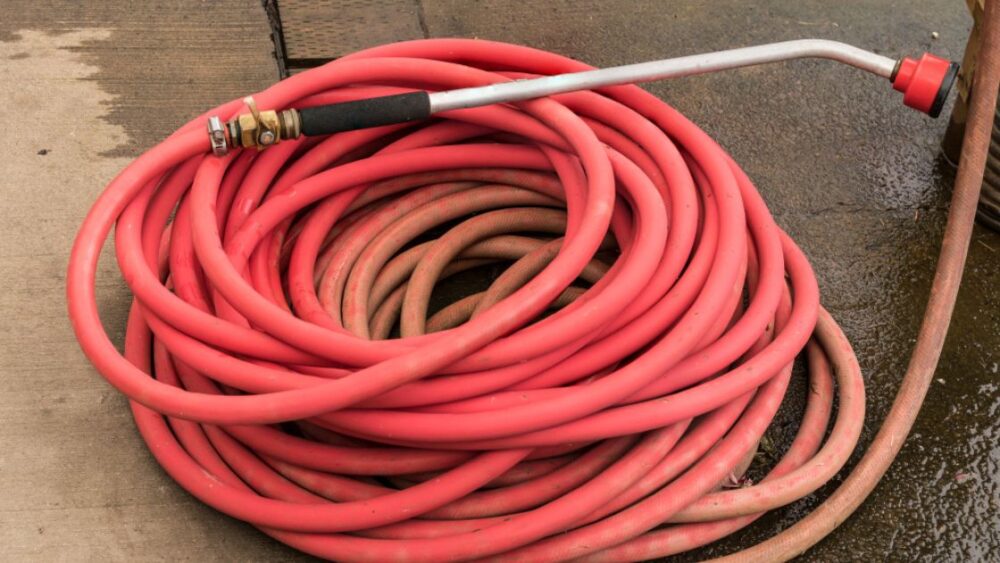
When comparing different water wands, consider the following features and considerations to make an informed decision:
1. Length and Reach: Assess the length of the wand and determine if it provides the necessary reach for your garden. Telescoping wands are particularly useful for accessing high or deep areas.
2. Spray Patterns and Adjustability: Check the available spray patterns and the wand’s adjustability. Look for wands that offer a variety of patterns, such as shower, mist, or jet, to cater to different plant needs.
3. Water Flow Control: Water flow control allows you to adjust the intensity of water output. This feature is beneficial for delicate plants that require a gentle watering touch or when conserving water in certain situations.
4. Nozzle Options: Check to see if the water wand comes with interchangeable nozzles or attachments. These can provide additional versatility in watering, allowing you to switch between different spray patterns or perform specific tasks like watering seedlings or washing delicate leaves.
5. Additional Features: Some water wands come with extra features like built-in shut-off valves, which allow you to stop the water flow without having to turn off the hose. Others may include built-in fertilizer dispensers for convenient feeding while watering. Assess these additional features based on your specific needs.
Making the Right Choice:
After considering all the factors, features, and evaluations, it’s time to make your final decision. Prioritize your specific needs and preferences, and refer to the checklist you’ve created during the selection process. Select the water wand that best aligns with your garden size, watering requirements, budget, and personal comfort.
Final Thoughts
Choosing the right water wand is crucial for efficient and effective watering in your garden. By understanding the different types, considering key factors, and evaluating various features, you can make an informed decision. Remember to prioritize your garden’s unique needs and select a water wand that offers durability, comfort, and the necessary functionalities. With the right water wand in hand, you’ll be well-equipped to provide optimal moisture to your plants, leading to a lush and thriving garden.

